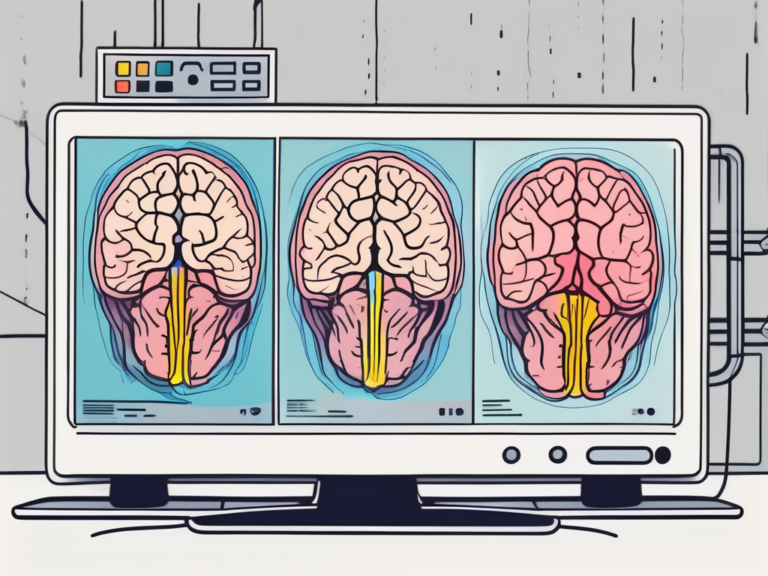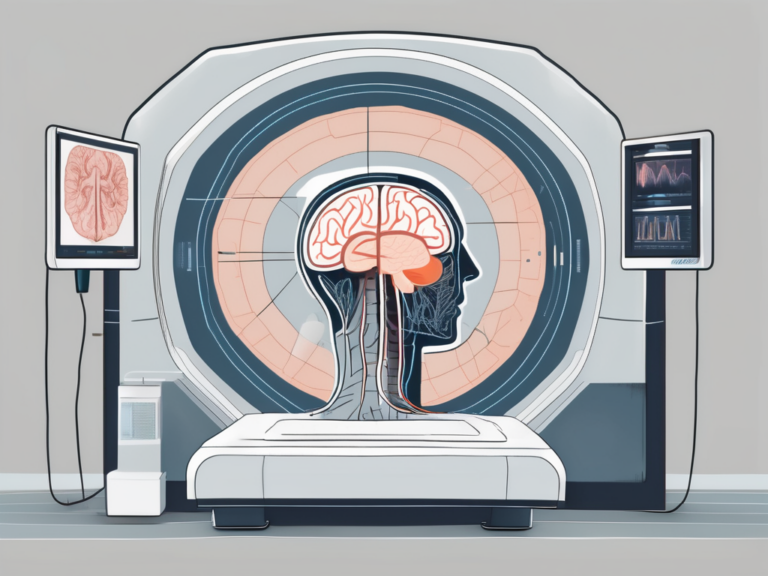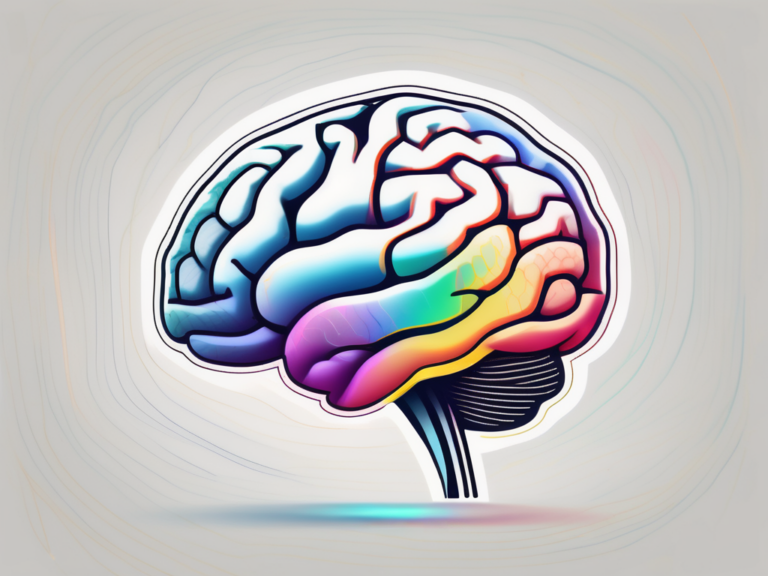how do microscopes, ct scans, and fmri contribute to our understanding of anatomy and medicine?
Over the years, advancements in technology have revolutionized the field of medicine, providing us with invaluable tools to explore the intricate workings of the human body. Three such technological marvels that have significantly contributed to our understanding of anatomy and medicine are microscopes, CT scans, and fMRI. Each of these tools plays a unique role in unraveling the mysteries of our body, allowing healthcare professionals to diagnose, treat, and monitor various medical conditions with increasing precision.
The Role of Microscopes in Understanding Anatomy and Medicine
Microscopes have been a cornerstone of scientific discovery since their invention in the 17th century. The fundamental functioning of a microscope involves magnification, allowing us to visualize objects that are otherwise invisible to the naked eye. In the realm of anatomy, microscopes have proven essential in studying the intricate structures of cells, tissues, and organs, enabling healthcare professionals to gain profound insights into their composition and function.
Within the field of modern medicine, microscopes serve as indispensable tools for diagnosing diseases. Pathologists use high-powered microscopes to examine tissue samples for signs of abnormal growth, assisting in the early detection of cancer and other conditions. Additionally, microscopes facilitate research by enabling scientists to study the effects of medications and therapies at a cellular level, aiding in the development of novel treatments.
Despite their remarkable contributions, microscopes do have limitations. Some tissues are difficult to prepare and visualize, and the sophistication of microscope technology may vary. However, ongoing advancements in microscopy continue to push the boundaries of what we can observe and understand about human anatomy.
One fascinating aspect of using microscopes in medicine is the ability to delve into the world of microbiology. Microscopes have revolutionized our understanding of bacteria, viruses, and other microorganisms that play a crucial role in health and disease. By magnifying these tiny entities, scientists can identify specific pathogens responsible for infections and develop targeted treatments to combat them.
Moreover, the development of advanced imaging techniques, such as confocal microscopy and electron microscopy, has opened up new avenues for exploring the three-dimensional structures of biological samples. These cutting-edge technologies provide researchers with detailed insights into cellular organelles, protein interactions, and disease mechanisms at an unprecedented level of resolution.
CT Scans: A Deeper Look into the Human Body
Computed Tomography (CT) scanning is a radiographic imaging technique that utilizes X-rays to create detailed cross-sectional images of the body. This non-invasive diagnostic tool has revolutionized medical imaging, providing healthcare professionals with an unparalleled view of the human body’s internal structures.
CT scans are particularly valuable in the diagnosis and treatment of conditions affecting the brain, chest, abdomen, pelvis, and bones. By obtaining precise images of these regions, physicians can identify and assess the extent of injuries, tumors, infections, and other abnormalities. This information guides treatment decisions, allowing for tailored interventions and more favorable patient outcomes.
The future of CT scanning technology looks promising as well. Innovations in CT imaging techniques are continuously being explored to reduce radiation exposure, enhance image quality, and improve efficiency. For instance, low-dose CT scans have become increasingly popular, further minimizing the potential risks associated with radiation exposure.
Advancements in CT technology have also led to the development of specialized scans for specific purposes. Dual-energy CT scans, for example, can provide information about tissue composition and help differentiate between various types of pathology. This can be particularly useful in oncology, where distinguishing between different types of tumors is crucial for treatment planning.
Another exciting development is the use of CT angiography, which allows for detailed imaging of blood vessels throughout the body. This technique is invaluable in diagnosing conditions such as aneurysms, arterial stenosis, and vascular malformations, providing vital information for surgical and interventional procedures.
Functional Magnetic Resonance Imaging (fMRI) is a non-invasive imaging technique that measures brain activity by detecting changes in blood flow. This technology has transformed our understanding of the brain, offering valuable insights into its structure, function, and connectivity.Understanding the basics of fMRI is crucial to grasp its immense impact on neurological studies. By analyzing blood oxygenation levels, fMRI generates three-dimensional images that reveal which regions of the brain are active during specific tasks or mental states. These findings have shed light on cognitive processes, emotions, and neurological disorders, helping researchers develop targeted interventions for conditions such as depression, epilepsy, and Alzheimer’s disease.While fMRI has unveiled new avenues of research, challenges persist. The interpretation of fMRI data is complex and requires expertise in neuroscience and bioinformatics. Moreover, technological advancements are still needed to enhance resolution and accuracy, allowing for even more precise mapping of brain activity.The applications of fMRI extend beyond the realm of neuroscience. This imaging technique has also been utilized in fields such as psychology, marketing, and even law. In psychology, fMRI studies have provided insights into decision-making processes, memory formation, and social behavior. Marketers have employed fMRI to understand consumer preferences and reactions to advertisements, leading to more targeted and effective campaigns. Additionally, fMRI data has been used as evidence in legal cases to assess factors such as witness credibility and the impact of traumatic events on the brain.As fMRI technology continues to evolve, researchers are exploring innovative ways to harness its capabilities. One exciting development is the integration of fMRI with machine learning algorithms to analyze large datasets and identify complex patterns of brain activity. This fusion of neuroscience and artificial intelligence holds promise for unlocking deeper insights into the mysteries of the human brain and revolutionizing the field of cognitive science.
The Combined Impact of Microscopes, CT Scans, and fMRI on Medicine
Interdisciplinary collaboration between the fields of microscopy, radiology, and neuroscience has paved the way for groundbreaking discoveries in medical technology. By combining the unique capabilities of microscopes, CT scans, and fMRI, healthcare professionals can gain a comprehensive understanding of the human body from the cellular level to the complex mechanisms of the brain.
Collaboration across these disciplines has immense potential. For instance, researchers can integrate data from microscopes, CT scans, and fMRI to study how microscopic cellular changes correlate with macroscopic structural and functional alterations in the body. This holistic approach enables a more accurate diagnosis and targeted treatment plans, maximizing patient care outcomes.
One fascinating application of this interdisciplinary collaboration is in the field of neuroimaging. By combining the power of microscopes, CT scans, and fMRI, researchers can delve deep into the intricate workings of the brain. Microscopes allow scientists to visualize individual neurons and their connections, while CT scans provide detailed structural information about the brain. Additionally, fMRI enables the study of brain activity and functional connectivity. By integrating these techniques, researchers can uncover the relationship between the microscopic structure of the brain and its functional properties, leading to a better understanding of neurological disorders and potential treatment strategies.
The future holds remarkable promise for medical imaging and analysis. Advances in technology, machine learning, and artificial intelligence will likely enhance the precision, speed, and accessibility of these imaging techniques. For example, researchers are exploring the use of deep learning algorithms to automate the analysis of medical images, allowing for faster and more accurate diagnoses. Furthermore, ongoing research will continue to unearth new applications and insights, propelling our understanding of anatomy and medicine to unprecedented heights.
It is worth noting that while these technologies have significantly contributed to medical progress, they should always be used by trained experts within a healthcare setting. Self-diagnosing or making medical decisions solely based on the information derived from these imaging techniques is ill-advised. Consulting with qualified healthcare professionals remains vital for accurate diagnosis, treatment, and care.
In conclusion, microscopes, CT scans, and fMRI have undoubtedly revolutionized our understanding of anatomy and medicine. These indispensable tools offer unprecedented insights into the intricate workings of the human body, enabling healthcare professionals to diagnose conditions earlier, tailor treatments, and unlock new avenues of research. Their combined impact not only advances medical knowledge but also enhances patient care, underscoring the crucial role of technology in shaping the future of healthcare.
As we look ahead, it is important to recognize the potential of these imaging techniques to transform not only medical research and diagnosis but also surgical interventions. The integration of microscopes, CT scans, and fMRI during surgical procedures can provide real-time visualization and guidance, allowing surgeons to navigate complex anatomical structures with greater precision and accuracy. This can lead to improved surgical outcomes, reduced complications, and faster recovery times for patients.
Moreover, the combination of these imaging techniques with other emerging technologies such as 3D printing and virtual reality holds immense promise. By creating patient-specific anatomical models using CT scans and fMRI data, surgeons can practice complex procedures before entering the operating room. This virtual rehearsal can enhance surgical planning, minimize risks, and optimize outcomes.






